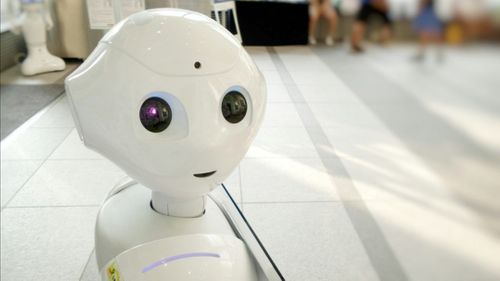Language Learning Models: A Masterclass
Mar 06, 2024 · 2 mins read
0
Share

Unveiling the remarkable inner workings of language learning models, intricate systems that empower computers to comprehend and generate human-like text.
Save
Share
These models mimic the neural networks of the human brain, employing massive datasets to extract patterns and predict word sequences with astonishing accuracy.
Save
Share
At their core lies the Transformer architecture, a revolutionary innovation that processes entire sentences at once, capturing complex relationships between words.
Save
Share
Embeddings, numerical vectors, transform words into a format that computers can understand, unlocking semantic meaning and enabling models to grasp context.
Save
Share
Attention mechanisms, the eyes of language models, selectively focus on relevant parts of the input, granting them the ability to decipher nuances and resolve ambiguities.
Save
Share
Recurrent neural networks, the memory keepers, maintain a context-rich representation as they process sequences, enabling models to learn from past information.
Save
Share
Language learning models are not merely academic curiosities but practical tools that power real-world applications, from machine translation to chatbots that engage in natural conversations.
Save
Share
Despite their impressive capabilities, these models still face challenges, including biases in training data and the need for vast computational resources.
Save
Share
As the field of language learning models continues to advance, we can anticipate further breakthroughs and expanded applications, transforming the way we interact with technology.
Save
Share
Their impact extends beyond language, offering insights into the very nature of human cognition and communication.
Save
Share
0